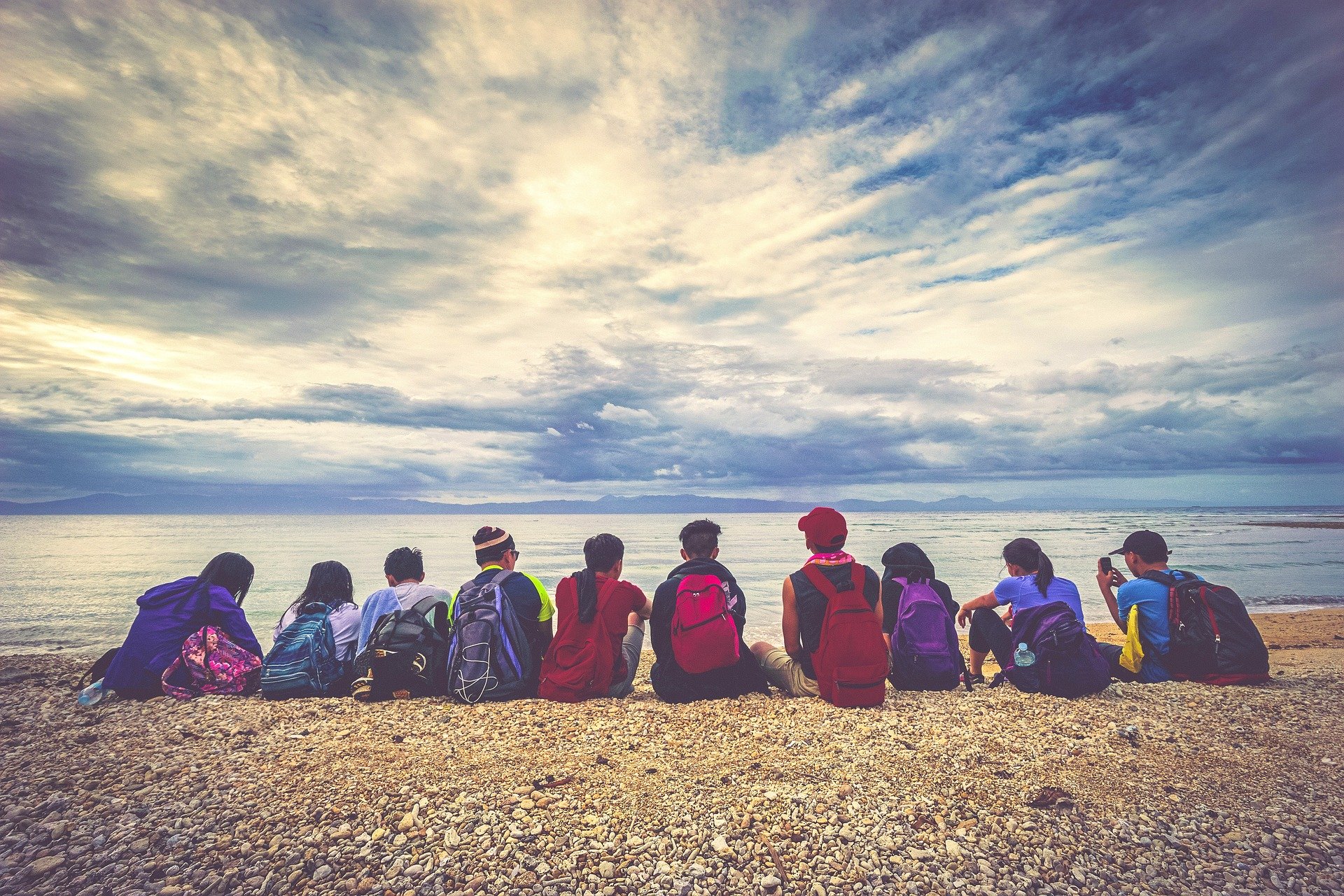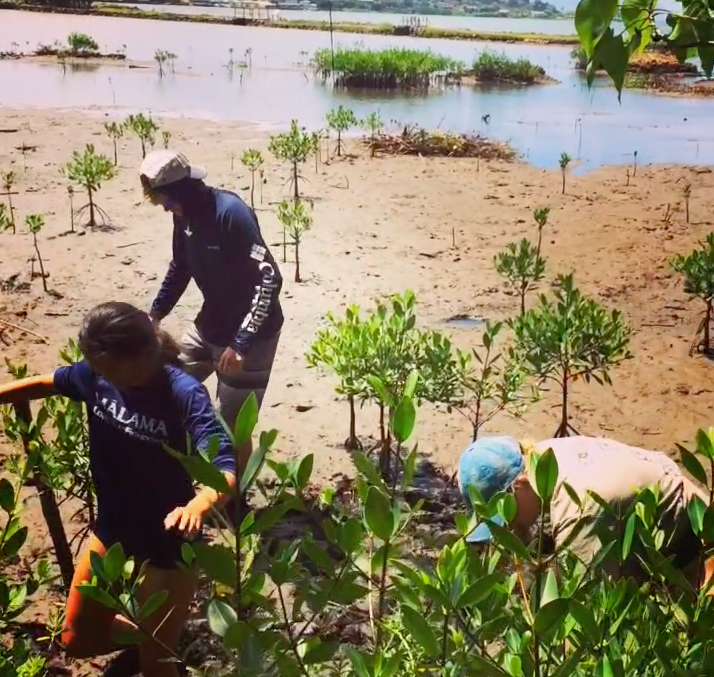
#15 Design Your Own Ocean Conservation Project!
 This “COVID-19 Things You Can Do to Connect Your Kids to the Ocean” series has included many activities for kids to learn about ocean ecosystems and problems facing the ocean. Today, however, kids have the opportunity to apply their learning by designing their own conservation project. Research shows that children can benefit from an opportunity to solve problems by building resilience, grit, and a sense of self-efficacy. First, kids will view some examples of other youth who have done conservation projects and then they will design their own!
This “COVID-19 Things You Can Do to Connect Your Kids to the Ocean” series has included many activities for kids to learn about ocean ecosystems and problems facing the ocean. Today, however, kids have the opportunity to apply their learning by designing their own conservation project. Research shows that children can benefit from an opportunity to solve problems by building resilience, grit, and a sense of self-efficacy. First, kids will view some examples of other youth who have done conservation projects and then they will design their own!
Instructions
- Start by watching this video that highlights conservation projects done by Ocean Matters teens around the world.
- Design your own ocean conservation project!

Ocean Matters young people removing invasive mangroves at a native fishpond in Oahu, Hawaii. Step 1: Decide on a topic that you feel passionate about. For example, ocean pollution, sea turtle protection, sustainable seafood, or shark conservation. Or come up with your own!
Tip: It might help to journal or write a statement about why you are passionate about your topic and what you hope your project will accomplish before moving forward with the next steps. This can help you to organize your thoughts and goals.
For parents (optionally): Read this blog post by Ocean Matter’s Founder and Executive Director Laura Parker Roerden that explores how to involve kids in ocean conservation efforts, particularly in response to plastic pollution.
Step 2: Think about how to approach your topic.
- What is the goal of your project?
- What kinds of actions will you need to take to reach your goal? Some examples include, beach cleanups, speaking to government officials, or campaigns with local government or businesses.
Step 3: Think about your audience and how to involve other people.
- Who do you want to involve in your project? For example, other kids, local organizations, schools, restaurants.
- What do you want people to learn from your project?
- How will you reach out to people?
Step 4: (Optionally) Create a timeline for your project and do it! Maybe you want to make this a family project.
Subscribe here:
Arcadia Davies, Ocean Matters Youth Advocate Leader, recently graduated from Miami University with an interdisciplinary degree focusing on marine ecology and community engagement. She is passionate about connecting communities, especially youth, in ocean conservation projects. During college she practiced communicating science to the public through serving as the communication intern at The Island School in The Bahamas and taking numerous classes in marine ecology, creative writing, journalism, photography and community engagement. Arcadia has loved the ocean since a young age and strives to share that love with others.
